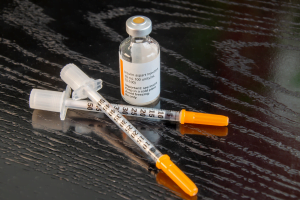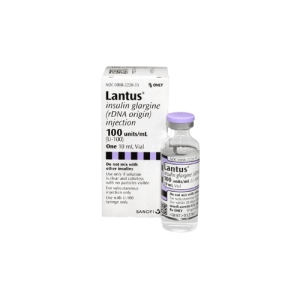Similarities and differences between Lantus vs Novolin
A comparison between Lantus and Novolin highlights a few key differences.
Lantus is a long-acting insulin analog, while Novolin is separated into three different formulations of insulin analog with variable duration of actions: Novolin ge Toronto, Novolin NPH, and Novolin Premixed Insulin Preparations (Novolin 30/70, Novolin 40/60, Novolin 50/50), which are fast-acting, intermediate-acting, and fast-acting, and intermediate-acting, respectively.
Lantus must be stored at a temperature between 2 to 8ºC, while Novolin can be stored at a temperature between 2 to 10ºC. Administration-wise, both agents can be injected subcutaneously. Both of these insulin agents can be used to treat type 1 or type 2 diabetes mellitus, as they function similarly. They are capable of regulating the blood sugar levels by stimulating the uptake of sugar by the fat and muscle cells in the body and by lowering the production of sugar in the liver. However, it should be noted that Lantus is able to last for up to 24 hours. For Novolin Toronto, it has been reported to take effect within half an hour, with peak action occurring within three hours; overall, it lasts approximately eight hours. Novolin NPH takes effect in one and a half hours, peaks within 12 hours, and lasts 24 hours, while Novolin Premixed begins to function in half an hour, peaks within eight hours, and lasts 24 hours.
These differences indicate the need to use the correct insulin preparation at a given time. For example, fast-acting insulin is more suitable for use just before a meal, while intermediate-acting insulin can be used during bedtime. Regardless of the preparations, it should be made clear to the patient that the point of receiving insulin injections is to maintain the blood sugar level at an appropriate range.
Blood sugar levels exceeding the normal values are thought to increase the chances of heart diseases and stroke. On the other hand, blood sugar levels that are far below the normal values are unsustainable for the biochemical processes in the human body, which can lead to coma and death. The maintenance of the range of normality requires frequent dose adjustments and blood glucose level monitoring.














